A fleet of trucks carrying reinforced bars, cement pipes and prefabricated building materials recently passed through the port of the Hong Kong-Zhuhai-Macao Bridge to construction sites in the Hong Kong Special Administrative Region after rapid customs inspection and clearance.
Prefabricated building modules exported from the Chinese mainland have a clear cost advantage and are highly favored by the construction industry in Hong Kong, according to China State Construction Hailong Technology Co.
"When the shipment volume is high, we have dozens of trucks a day passing across the mega sea-crossing bridge," said Huang Cong'ao, a customs affairs manager at the company.
The Hong Kong-Zhuhai-Macao Bridge, which opened in early 2018, has opened up new pathways for enriching Hong Kong's industrial supply chains and supporting construction of livelihood projects in the city, Huang said.
The company has undertaken construction of prefabricated buildings required for several livelihood projects in Hong Kong. It only takes about six hours from loading building materials in Zhuhai, Guangdong province, to unloading them in Hong Kong after transporting them across the bridge, Huang said.
"Due to the timely requirements for material transportation during construction delivery, speedy customs clearance is an important requirement for import and export processes," Huang said.
In the first two months of this year, the export value of construction materials across the bridge reached 805 million yuan ($112 million), a year-on-year increase of 10.3 percent, according to the port customs authorities.
"From high-tech products to cross-border e-commerce parcels, supplies for Hong Kong residents and construction materials, the variety of goods imported and exported through the bridge port is becoming increasingly diverse," said Ma Shaowei, an official with the comprehensive business section of Hong Kong-Zhuhai-Macao Bridge customs.
The import and export value across the bridge port increased 24.8 percent year-on-year to reach 31 billion yuan in the first two months of this year, according to customs data.
"In response to the different needs of import and export enterprises, we have provided customized services and assistance measures, continuously optimizing the port's business environment," Ma said.
Fast clearance and other efficient customs measures have also facilitated exports of new energy vehicles and jewelry through the bridge port.
A batch of domestically produced electric vehicles departed on Monday from Zhuhai, heading to the exit cargo inspection site of the bridge port. After inspection by customs, the vehicles were transported to Hong Kong and could be delivered to customers in the afternoon.
"The demand for electric vehicles in the Hong Kong and Macao markets is very strong, and our company's export volume saw a significant increase last year," said Cao Xuedi, chairman of Zhuhai Southern Group.
The electric vehicle industry is a new frontier, and the 24-hour customs clearance through the bridge port and its high efficiency help the company quickly seize opportunities in the overseas market, Cao said.
In the first two months of this year, the import and export value of electric passenger vehicles through the bridge port exceeded 90 million yuan, a year-on-year increase of 139 percent, according to customs.
The import and export value of jewelry and accessories through the bridge port amounted to 8.61 billion yuan in the first two months of this year.
"Whether it's importing raw materials or exporting finished products, there are high requirements for timely delivery, as the international price fluctuations of raw materials have a significant impact on jewelry and accessories," said Xu Jianqiang, general manager of Guangzhou Qiyi Bullion and Jewelry Co.
Considering the small volume but high value of jewelry, specialized inspection equipment has been installed and regulatory processes have been optimized by bridge customs, helping jewelry processing enterprises to secure overseas orders.
The company, based in the Panyu district of Guangzhou, Guangdong, a major manufacturing and trade base for jewelry and accessories, began importing materials and exporting products across the bridge in May last year.
For jewelry manufacturing enterprises, customs clearance and logistics efficiency are priorities, Xu said.
"We import raw materials from Hong Kong to Panyu in the morning, and by evening the finished products can be transported from Panyu to Hong Kong," Xu said.









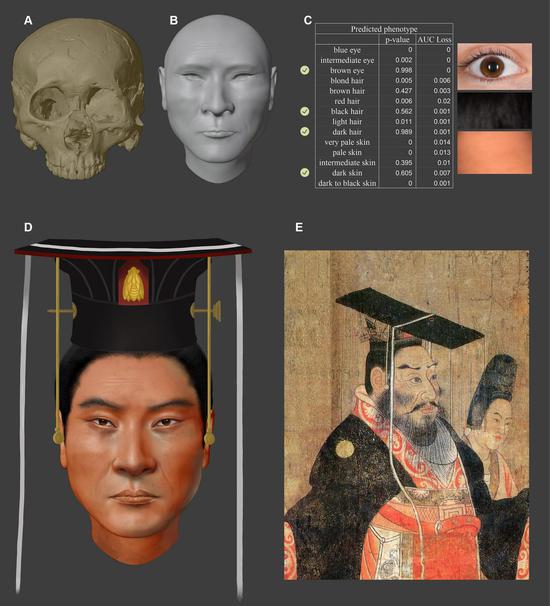

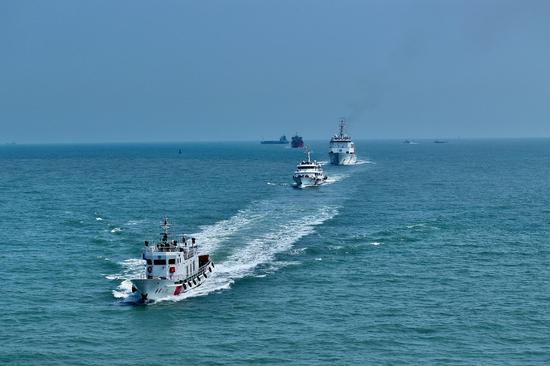

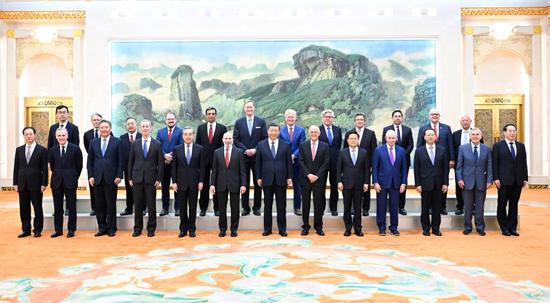
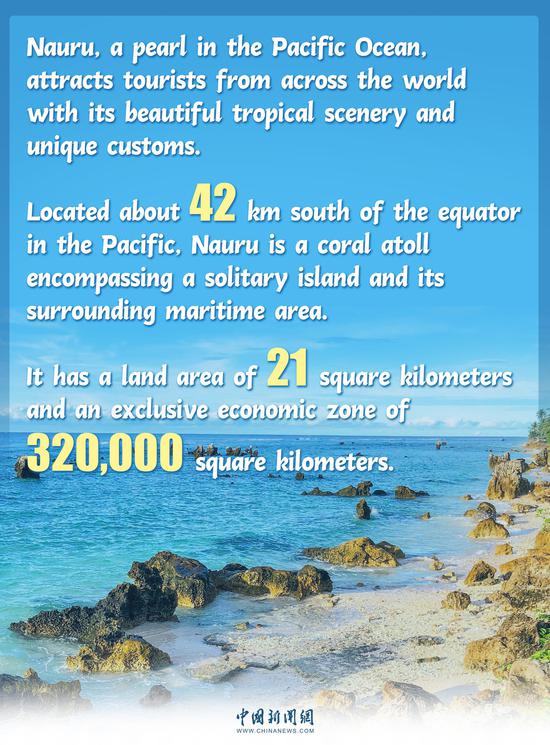
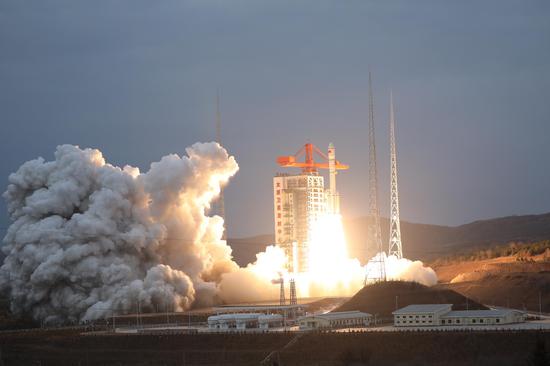
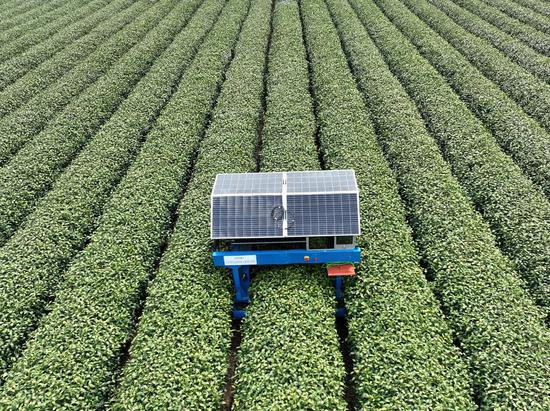
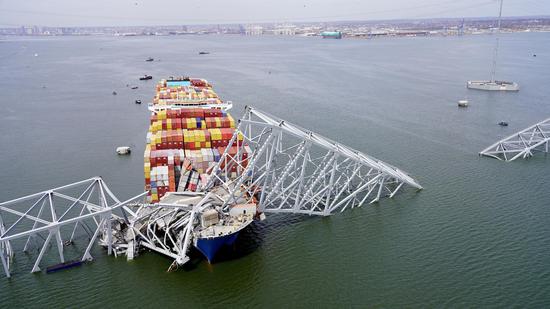



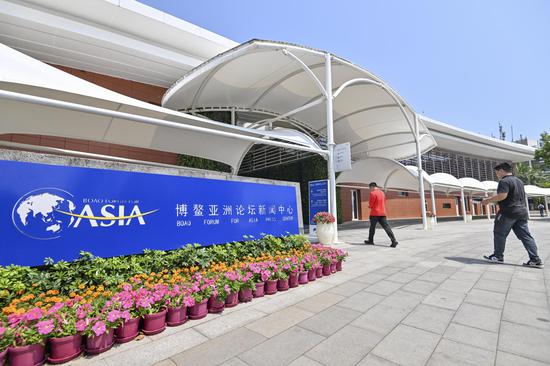
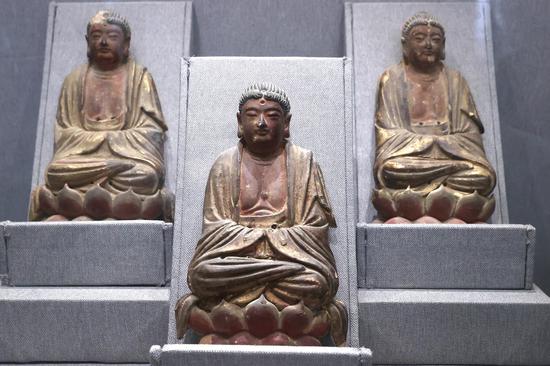

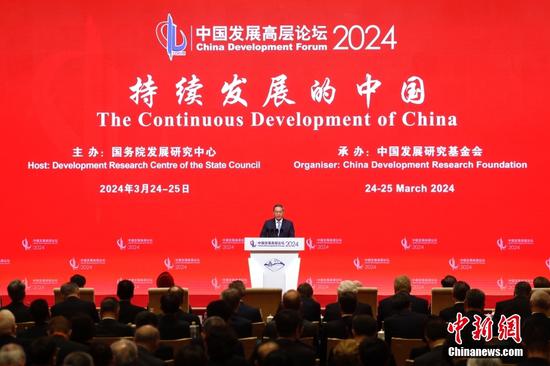
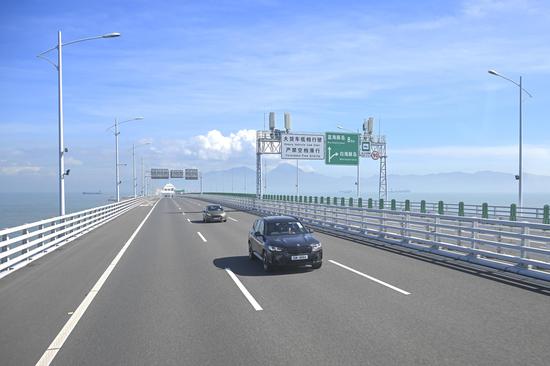





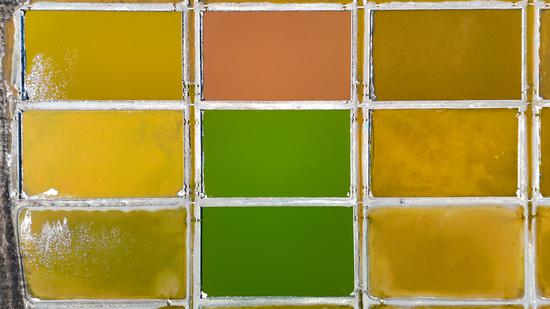
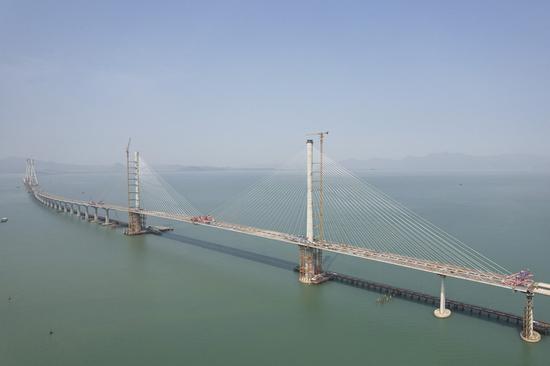

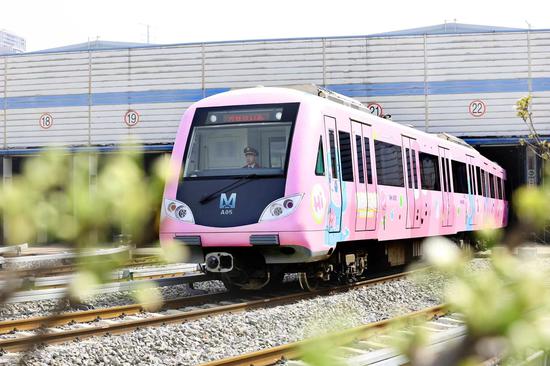

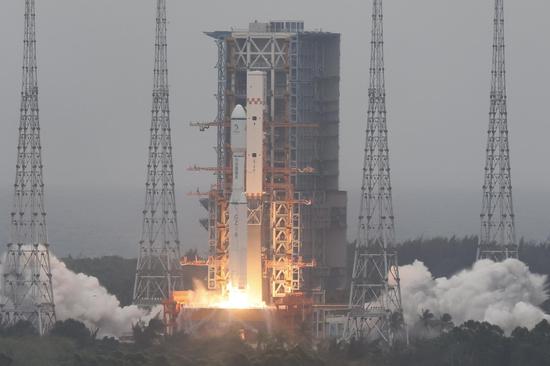
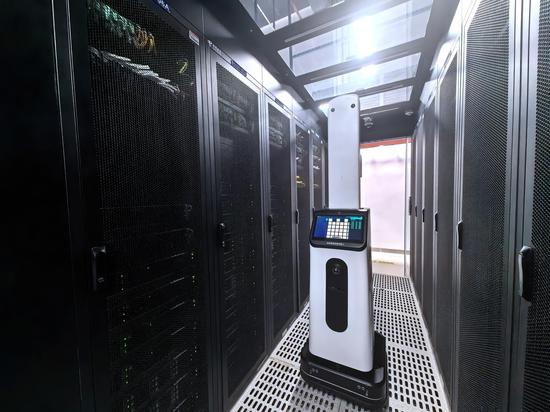
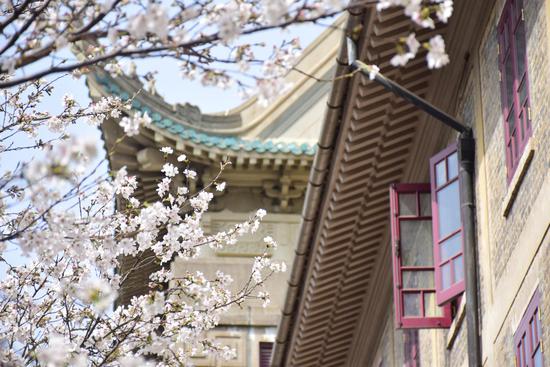
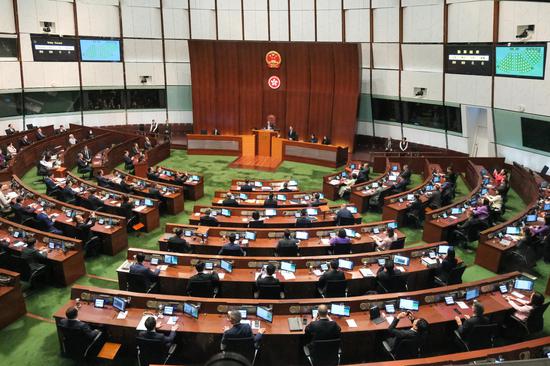
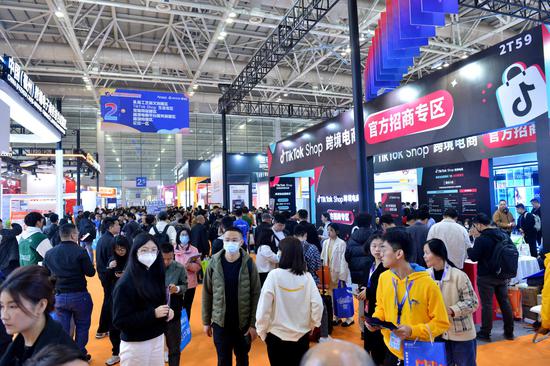



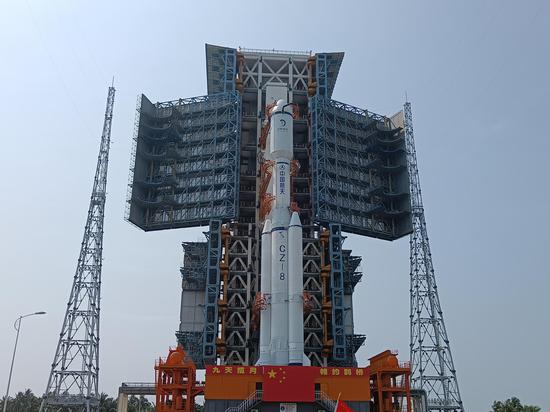





 京公网安备 11010202009201号
京公网安备 11010202009201号